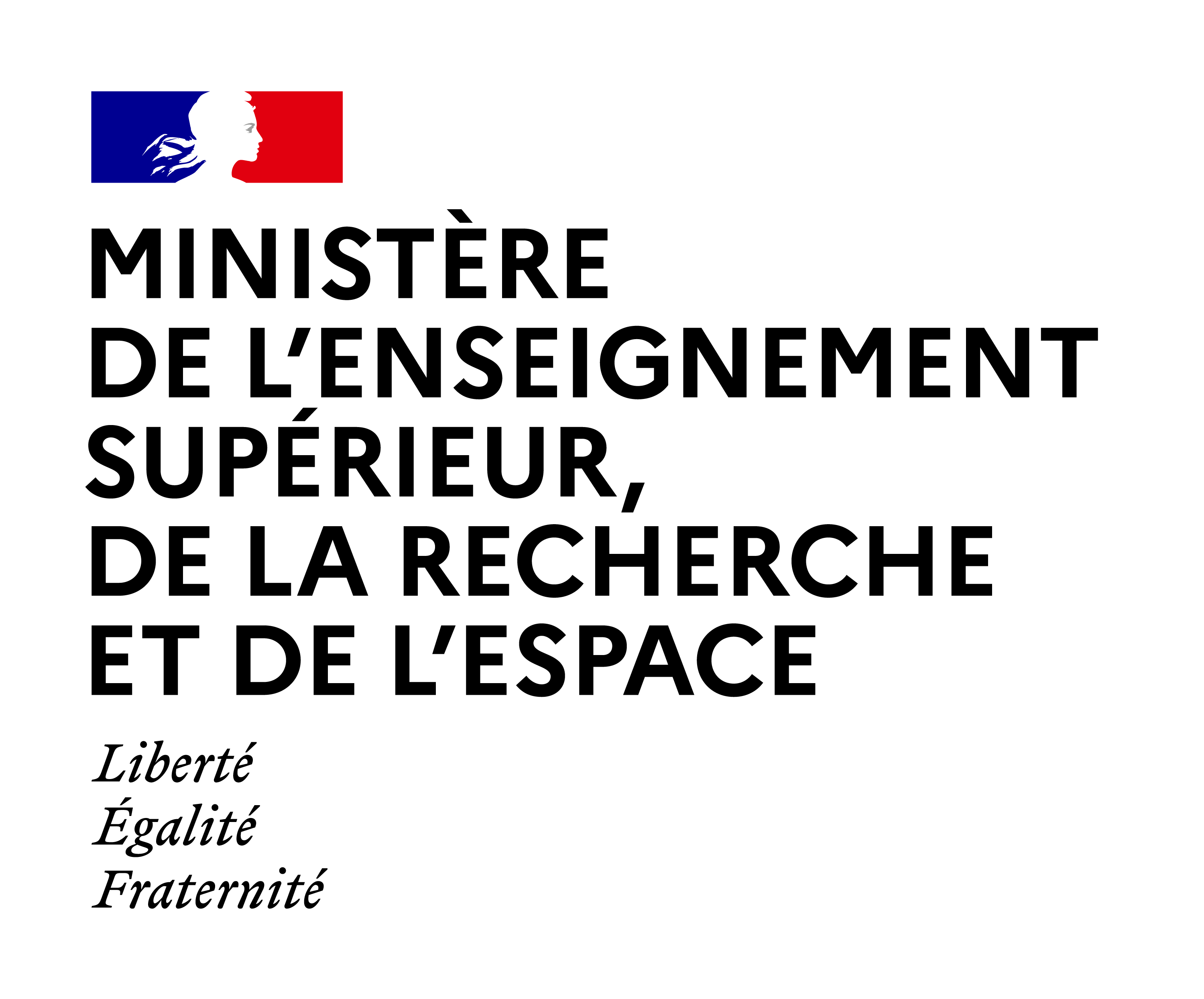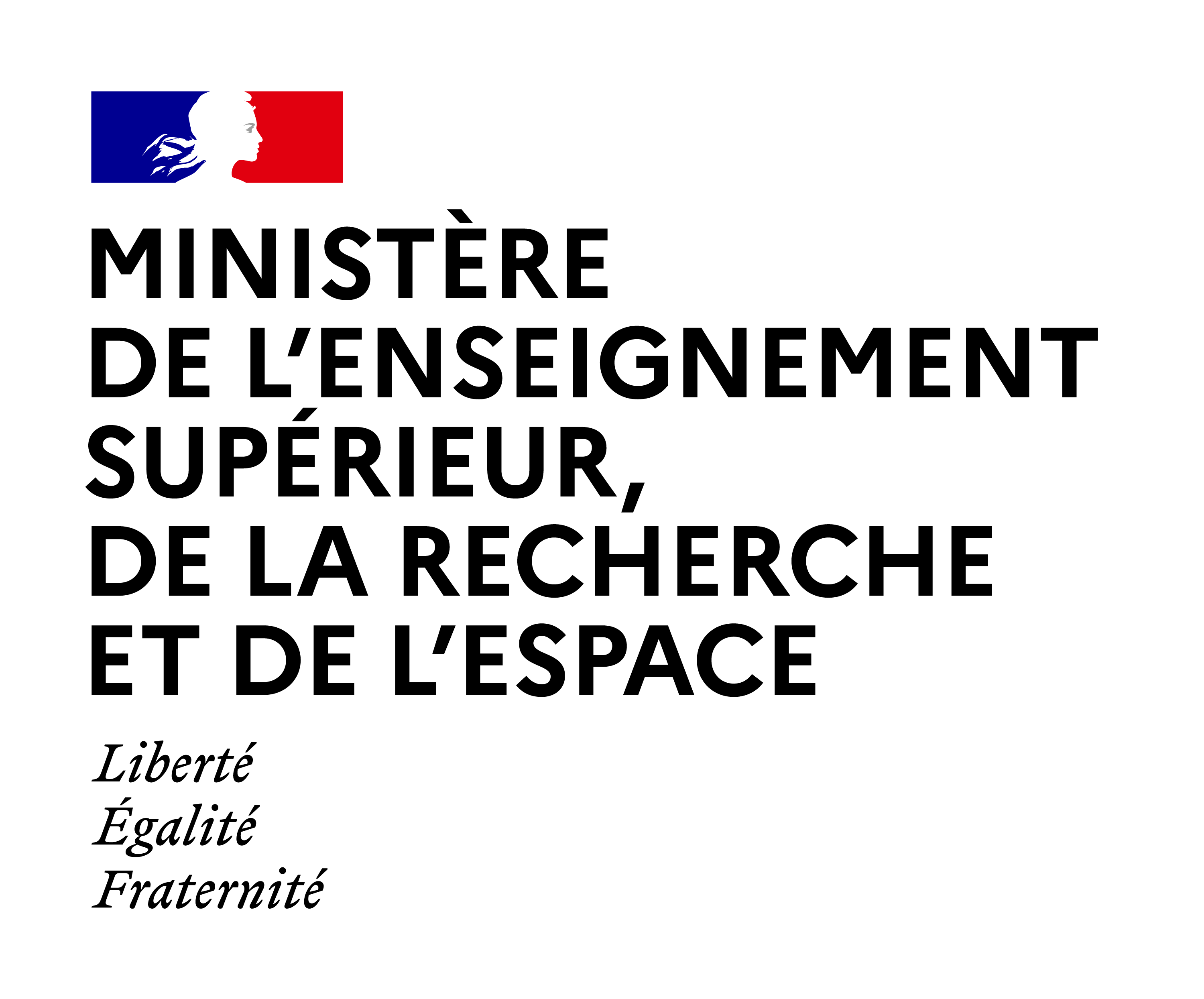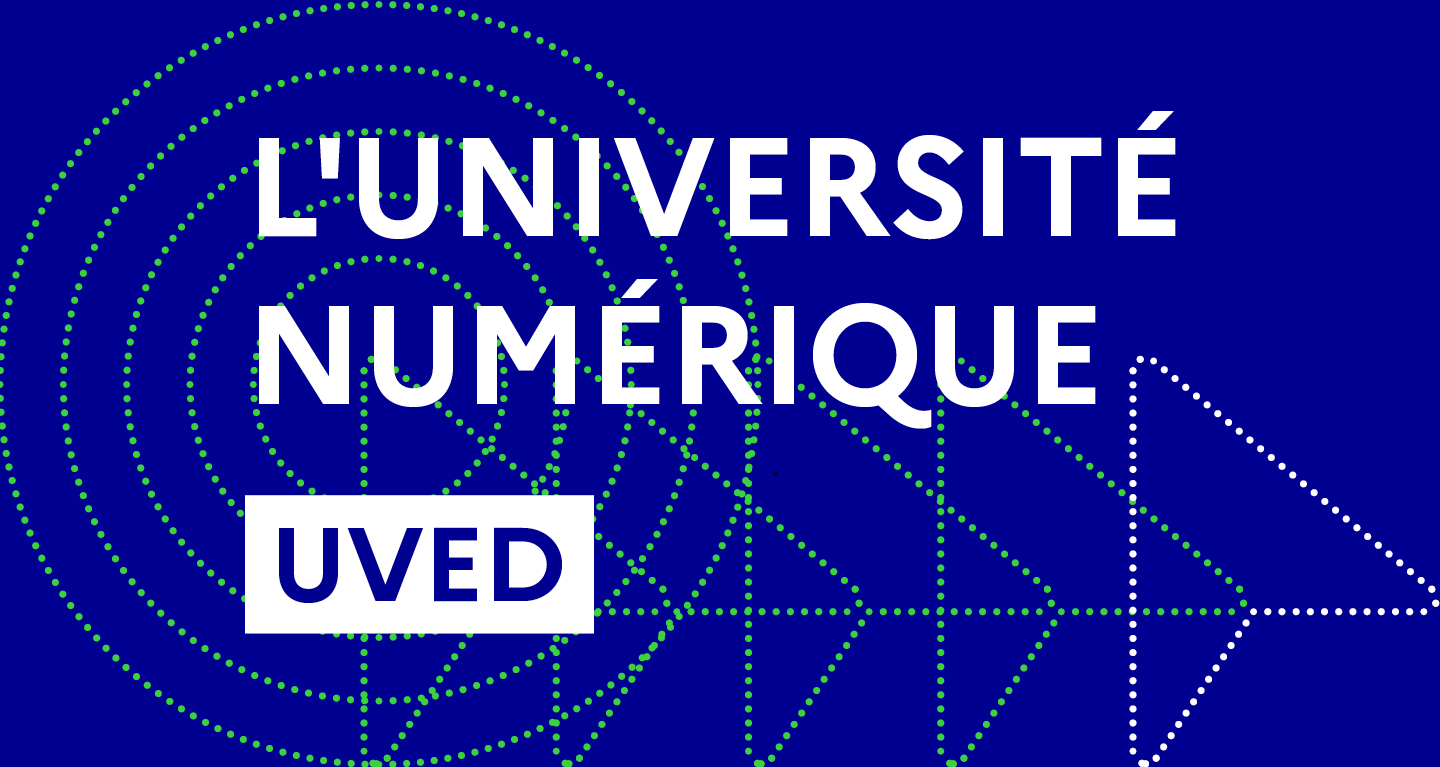
Sommaire
Self and non-self in fungi
Date de création :
12.01.2016Auteur(s) :
Sven SAUPE, Mathieu PAOLETTI, Jonathan VISENTINPrésentation
Informations pratiques
Droits réservés à l'éditeur et aux auteurs. Creative Commons (BY NC)
Description de la ressource
Résumé
>> Sven Saupe : Self, identity, fungi The notion of self is a rich but ambiguous concept that is used in a wide array of academic disciplines including immunology, psychology and philosophy (in particular in different branches of phenomenology). I would like to give an introduction to the application of this concept in the description of a cell-cell interaction phenomenon occurring in many if not all filamentous fungi and designated incompatibility. The term self non-self recognition is often used to classify this phenomenon thus stressing its likeness to other biological phenomena going under the same designation such as immune recognition or gamete recognition in plant allofertilization. After giving a direct description of incompatibility, I shall describe the molecular basis of a specific case of incompatibility mechanism involving a prion protein. Time permitting I would like to use the specific example of fungal incompatibility, to attempt to illustrate my impression of the role narration and symbolism (in the form of metaphors) play in the practice of research and textual rendition of scientific results. >> Mathieu Paoletti : Self and non-self in fungi Fungi are engaged in various biotic interactions requiring discrimination between self and nonhet loci defining incompatibility encode proteins displaying similarities with NOD Like Receptor (NLRs) of plant and animal innate immune systems. In the model species Podospora anserina genetic interactions between incompatible alleles of het-c and het-e mediate VI. het-e encodes a NLR protein while het-c codes for a glycolipid transfer protein. Evolutionary properties of these genes lead us to hypothesize that in addition to VI their products could function as fungal immune receptors following the guard model whereby HET-e recognizes alterations of HET-c as a consequence pathogen’s action. I will describe recently developed experimental models to assess HET-c and HET-e functions in detection of and response to hetero-specific non self. I will also briefly describe the huge repertoire of NLR encoded by fungal genomes that may be involved in non self recognition in different biotic interactions. >> Jonathan Visentin : Vegetative incompatibility in fungi looks like graft rejection in human
"Domaine(s)" et indice(s) Dewey
- Philosophie et psychologie (100)
- Philosophie et théorie de la biologie et des sciences de la vie (570.1)
Domaine(s)
- 100
- Biologie
- Biologie, biochimie, génétique
- Approche didactique et pédagogique
- Approche scientifique - Recherche
- Entretiens, portraits, itinéraires
- Outils, méthode et techniques scientifiques
Intervenants, édition et diffusion
Intervenants
Édition
- Université de Bordeaux - Service Audiovisuel et Multimédia
Diffusion
Document(s) annexe(s)
- Cette ressource fait partie de
Fiche technique
- LOMv1.0
- LOMFRv1.0
- Voir la fiche XML





